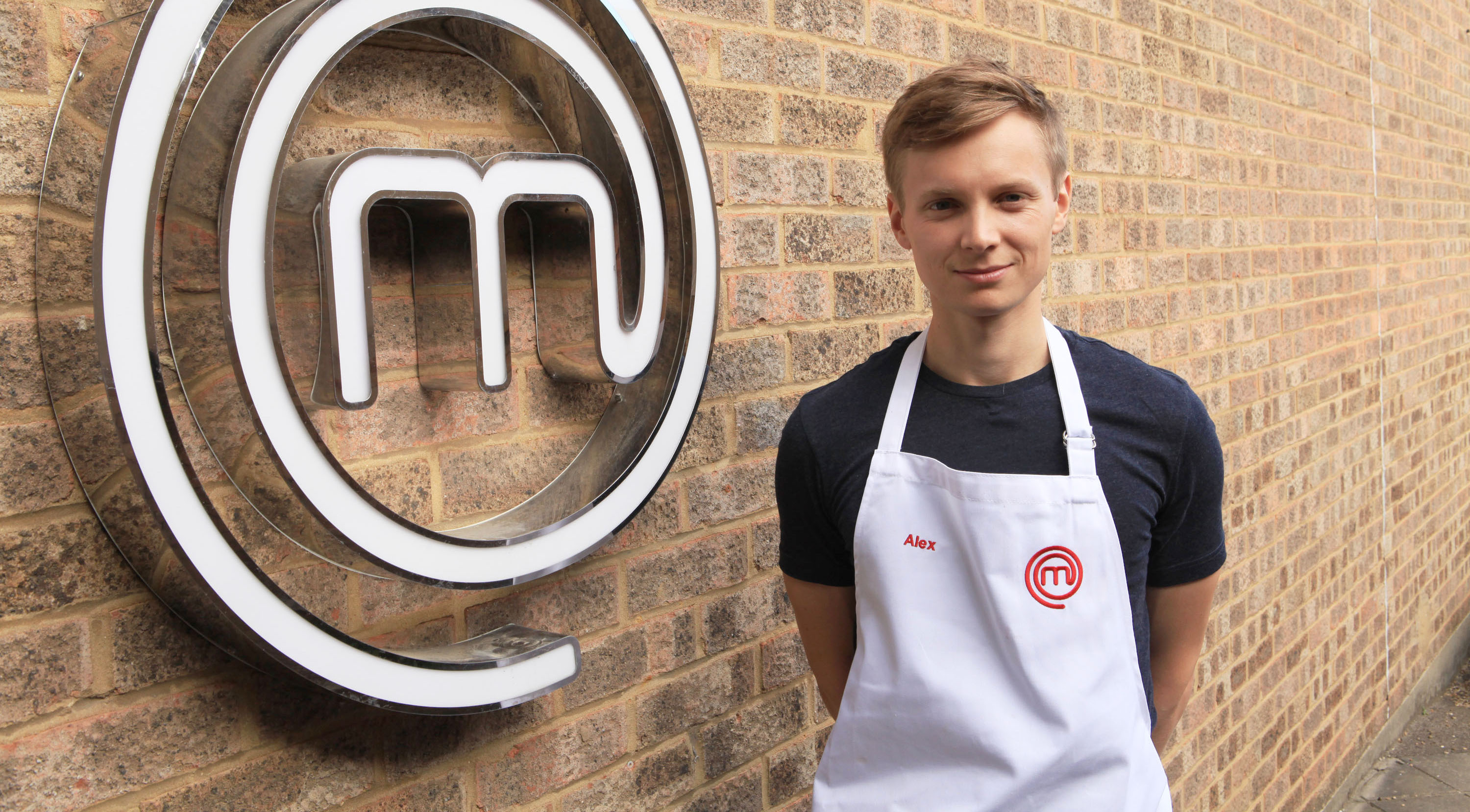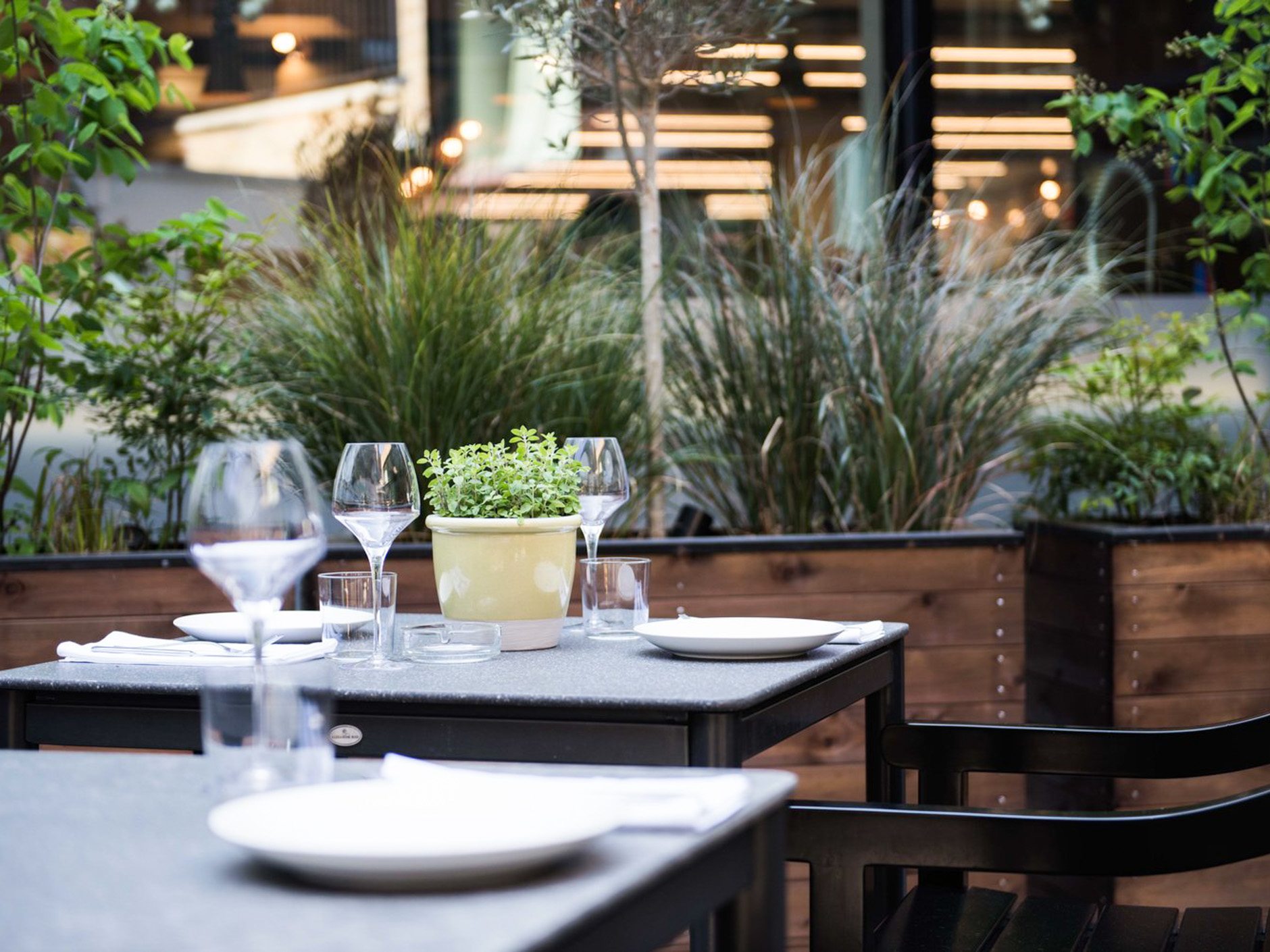Truffle oil. Soylent. Kale salad. Chia seed smoothie. Sous vide egg. Step into any new-fangled café in Shoreditch and you will probably see these abominations on the menu. Sick of it already? Travel to Williamsburg, Kreuzberg, Harajuku and Södermalm, and you will find that the café food in those cities is similar and equally uninspiring. The food of our times is quite Bauhaus; cool, avant-garde, but unrooted in any traditions or sense of place. It is truly depressing.
can we protect regional foods and national dishes if people are simply not interested in eating them anymore?
Last month, Palate visited Arthur’s Café in Dalston and it felt as if the shade of Ozymandias loomed over the whole street. This got me thinking: how will my favourite haunts survive the threats of gentrification, Brexit and health-conscious food trends? If Arthur’s perfectly fried sausage is in danger, it means that the future of other greasy spoons, chip shops, butchers and fishmongers is bleak such that we should do something about it, maybe even give some of these dishes protected status. Saving the recipes is not enough, unless we are happy to live in a world where the only place to get a Pie and Mash is Dinner by Heston Blumenthal, where you pay £40 for the privilege of having someone bastardise historical recipes. The question is if we can sustainably protect regional foods and national dishes if the reason they die out is because people are simply not interested in eating them anymore.

Eggs on toast at Pritchard + Ure
I must sound like I’m exaggerating or playing out an arbitrary conflict. After all, what we see on our menus today is drastically different from the cuisine of the Victorians or the Tudors; it is a complex agglomeration of creativity, circumstance and need that gave Britain fish and chips in the 19th century. Our tastes are constantly evolving insofar as things that were cool a decade ago are tired today; think vanilla coke and shrimp cocktails. Ten years from now or hopefully sooner, I daresay nobody would dream of serving torched mackerel in a restaurant, but things we go bananas for right now would fade away too. As such, the food of this particular snapshot in time has no more objective value than the food of the recent past. But the threat to the steady evolution of local food comes from a faceless, soulless international movement designed to serve the global metropolitan middle classes, whose near-homogenous idea of what is cool has led to the adoption of bare concrete floors, birch wood furniture and exposed wiring as the universal design language of the hipster restaurant. This movement will continue to grow globally because these people care a lot about what they put in their mouths enough to capture the attention of marketing types who jump at the opportunity to make money by catering to their needs. Which is why you can get quinoa and kale salad in Sainsbury’s Local but not Toad in the Hole.
Herein lies the problem with trying to save a place like Arthur’s. Subsidising its existence and that of other traditional cafés is akin to King Canute commanding the tide to recede. How many people actually eat a classic “national dish” on a daily basis? When was the last time you had a fry up? I doubt ordinary people actively dislike bacon rolls and calves’ liver, we probably just don’t love these dishes enough to give a damn. We shuffle into restaurants, eat our fill and leave. We don’t take aesthetically pleasing pictures of these traditional dishes and share them on our social media echo chambers to gain the affirmation of our friends. And because we don’t care enough now, we won’t care for them when they finally disappear. We will shrug it off and find something else to eat.
Think not of the Romans (and what they’ve ever done for us), but of the present day; for example, how each ingredient of a Full English found its way onto that plate

Fish and chips at The Bell in Ticehurst
Where I come from, there is a dish called Bak Chor Mee, or Minced Meat Noodles. Nobody knows definitively where it originated from, if it was brought over by Chinese immigrants in the 19th century, or if it was improvised from locally available ingredients. One of the popular stalls in Singapore recently won a Michelin star, and I would have it for my last meal. My friends and I argue fervently over which stall does it best and that’s the thing that really matters: we care enough to fight over whose £2 bowl of noodles is better, who serves better meatballs, who uses handmade noodles. The vigour with which we justify even the simplest food choices means that we all have a say in deciding what stays and what goes. I might not like some of the new dishes people are inventing, but we as a nation have a greater degree of democratic control and collective agency over the direction of our cuisine’s evolution.
While it is Food Season at the British Library, we have the opportunity to rediscover the journey that our food has taken, and perhaps learn to care a little more. Think not of the Romans (and what they’ve ever done for us), but of the present day; for example, how each ingredient of a Full English found its way onto that plate. Over time, we should accept that some of these will disappear, with new items taking their place. But the idea of the English Breakfast itself can only be defended by stepping up and standing up to the avocado toast advocates, and start a genuine conversation about food because food does not belong in museums. Food belongs in kitchens.
It is currently Food Season at the British Library. See here for more information.






